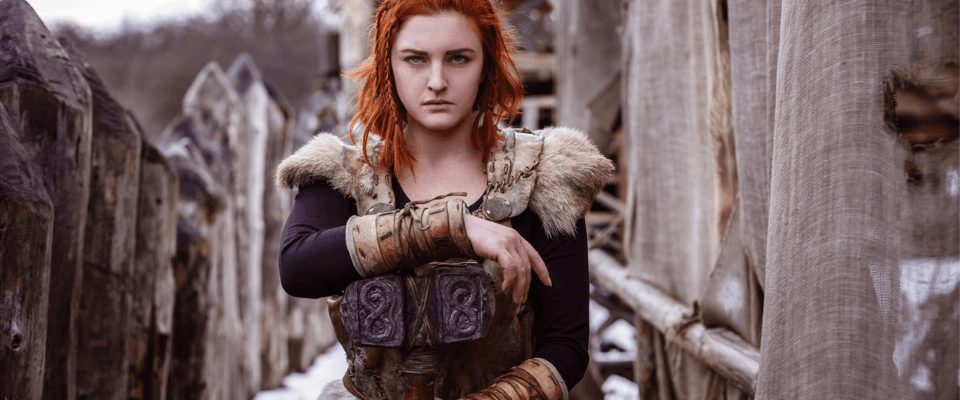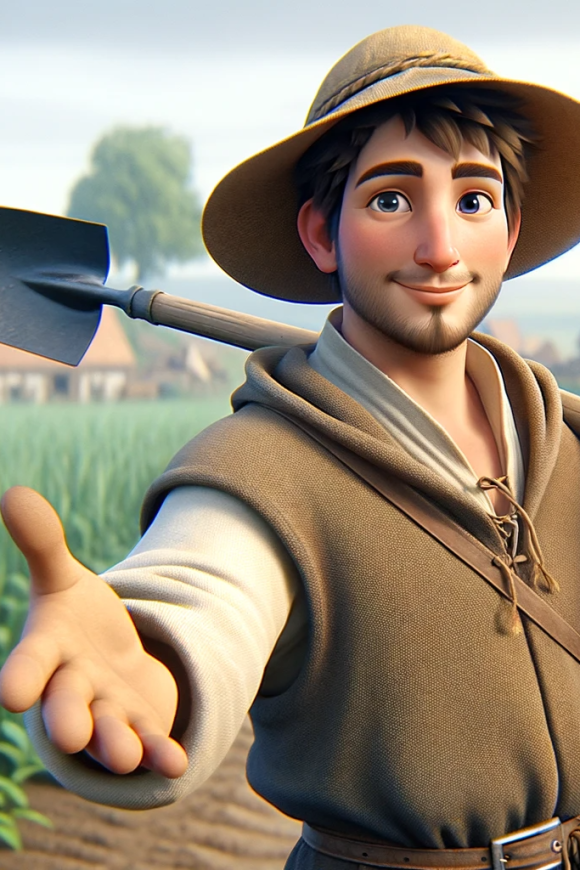The only thing we really know about Goublot, celebrating Viking women, is that it was created when Goi, daughter of Thorri, went missing during Thorriblot. After searching for her and failing to find her, Thorri performed a sacrifice to find her body. In Icelandic tradition, at the beginning of Goa, wives are celebrated along with the ending of winter. During this period, men are encouraged to be especially kind and attentive to their spouses.
The Oseberg Ship
The Oseberg Ship was part of a grave site containing two women. Even though thieves had plundered the grave for its precious metals, it still contained a significant number of artifacts, including animals and a metal toothpick. Since Vikings were often buried with the tools of their trade, it is safe to assume that these women were important in their society.
Viking Women: Home and Abroad
Viking women could own land, they could do business while their husbands were away, and they could choose to divorce their spouses. Women traveled together with men on raids, and it can be shown that they provided domestic support as well. They cooked, cleaned, and when Vikings decided to settle in a place, they formed the first generation of husband and wives in the new land. However, many scholars believe that they only handled the domestic duties of a woman. Shirking those duties would not have been tolerated in Viking society despite its advanced view of women’s rights vis-à-vis other cultures at the time.
The Viking Women Warriors
The real question on everyone’s mind is, “Did Viking women fight?” The Valkyries are a group of Viking warrior women in Norse mythology. They are responsible for taking Vikings to Valhalla. There are also several legends about Viking women who did fight and obtained fame. These stories, however, are not considered history.
Aside from legends, there are writings that confirm Viking women did go to battle. Known as shield-maidens, these women were said to dress like men and practice sword-fighting.
Graves of Women Warriors
There are also some controversial findings of “women” buried with weapons. In Birka, one such grave was unearthed in 1878. The male-dominated archaeologists assumed that the grave was a male Viking warrior because it was buried with two horses, a strategy game, and an enormous number of weapons. The bones were basically ignored because of limits to their use at the time. In 2017, a female archaeologist published her findings stating the DNA was female. This advances the belief that the person in the grave was a female Viking warrior. The claim was refuted by a prominent Viking scholar, who noted some procedural issues and holes in the conclusions the 2017 team drew from the situation.
Viking Women of Today
Norse women had more freedom than their counterparts across the world. However, due to the lack of Viking-originated literature and gender bias built into the system, it is often difficult to separate fact from fiction. Whatever the truth is, we can celebrate the Viking women in our lives on Goublot. We look forward to future digs that support and expand our understand of the role of women in Viking society.
Sources: https://youtu.be/Cb0xAE6oPNg?si=YhKmwkERpwNqBc0C
https://www.history.com/news/what-was-life-like-for-women-in-the-viking-age
https://www.worldhistory.org/article/1300/ten-legendary-female-viking-warriors/
https://www.historyextra.com/period/viking/birka-warrior-woman-vikings-female-argument-judith-jesch/



